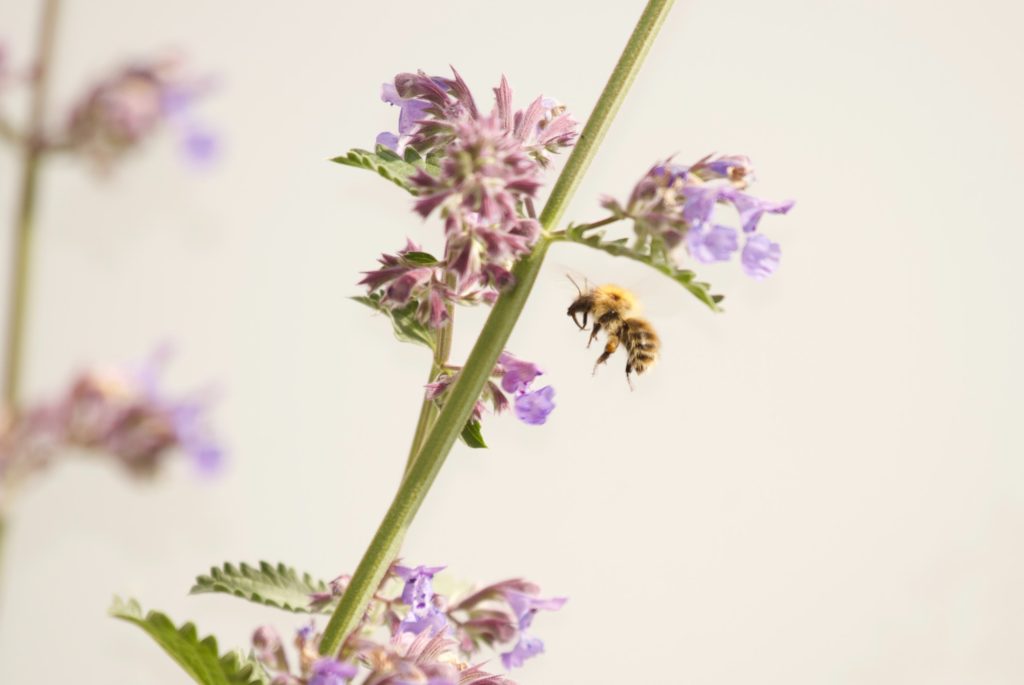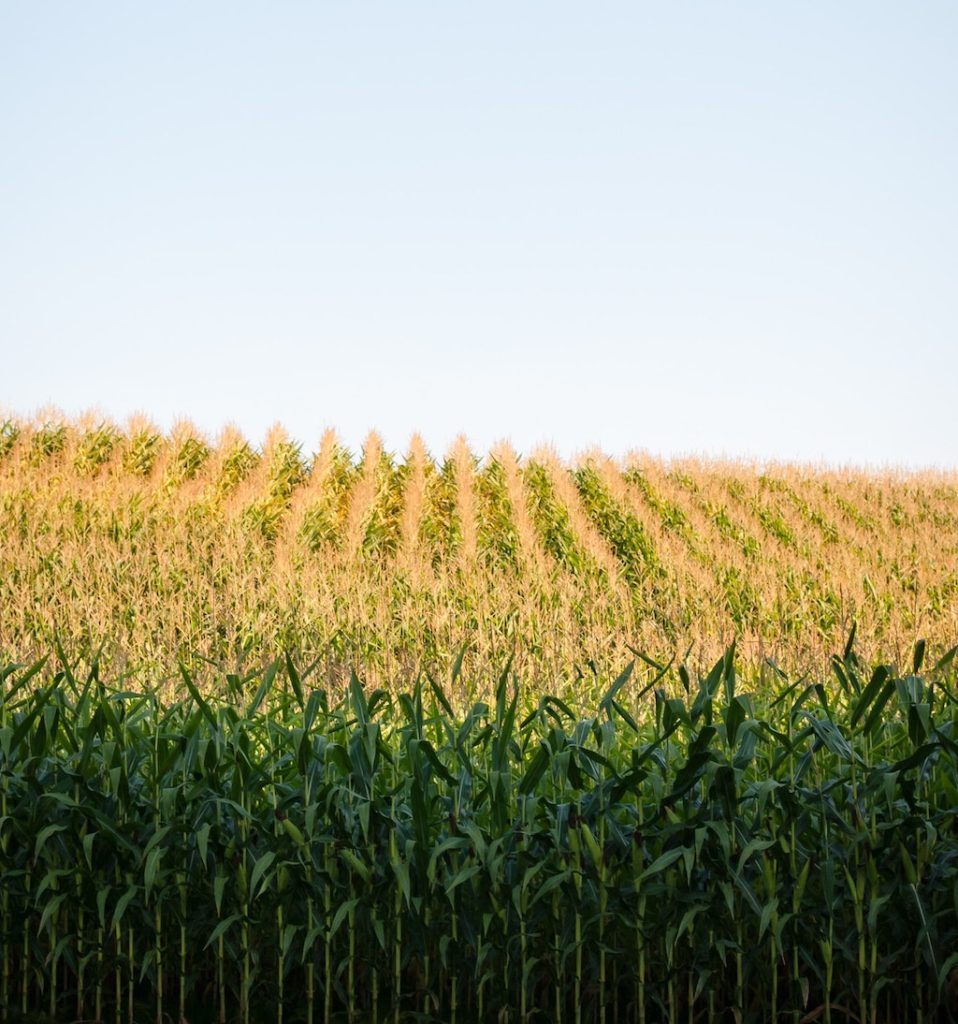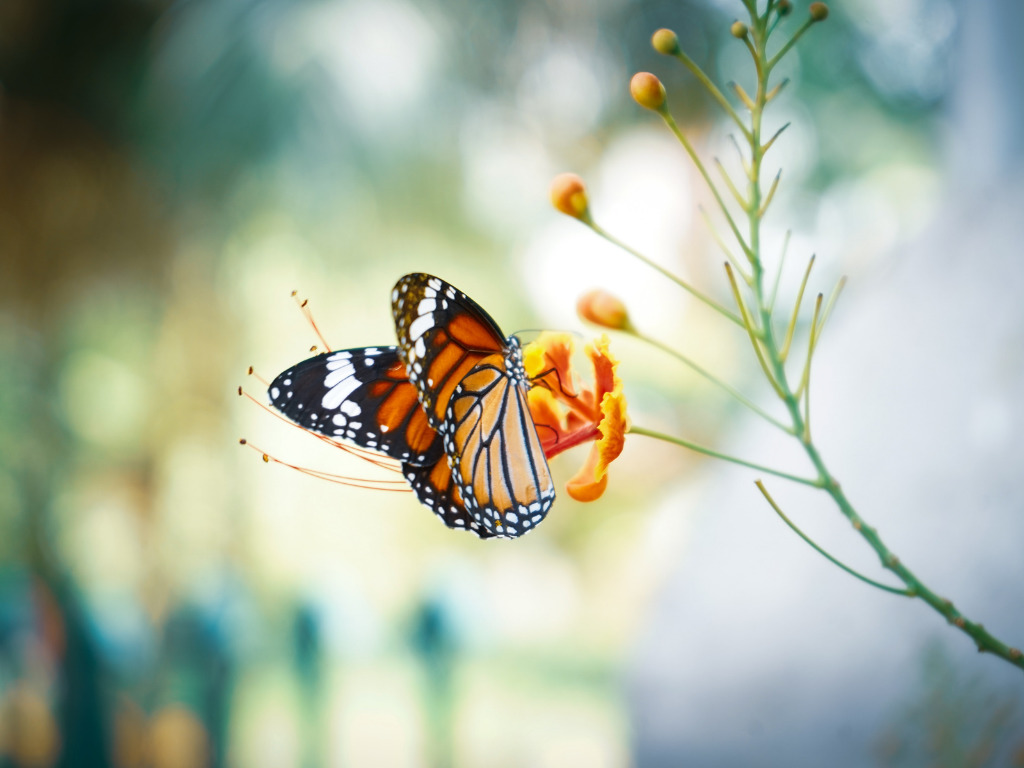Agriculture and Climate Change Linked to 50% Decline in Key Insect Populations
3 Mins Read
Human-caused climate change and agriculture are wiping out the planet’s bug populations, specifically key pollinators. And scientists say there’s reason to be concerned.
Less than half a century ago, a ride through rural areas would see a smattering of bugs that met their untimely fate on car windshields. That’s no longer the case these days; bug populations have visibly declined across the planet. And new research says the two biggest culprits, climate change and agriculture, could continue to drive populations down. That’s a big problem for humans, too.
Insect habitats
The new research, published in the journal Nature, says insect populations have declined by nearly 50 percent in agriculture hubs and regions seeing warming temperatures resulting from climate change compared with natural habitats. The researchers from University College London looked at more than 750,000 records on nearly 20,000 different insect species including bees, beetles, grasshoppers, and butterflies, over 20 years from 1992 to 2012.
The goal was assessment of rising temperatures and land use and their impacts on insect populations. The researchers say the findings indicate vulnerability to human activity.
The number of insect species showed a 29 percent decline, particularly in tropical regions. But where there was no or very little monoculture activity and natural habitats were at least 75 percent of the region, researchers say they noticed only a seven percent decline in populations—even if temperatures had increased.

“Our findings may only represent the tip of the iceberg as there is limited evidence in some areas, particularly in the tropics which we found have quite high reductions in insect biodiversity in the most impacted areas,” Charlie Outhwaite, a lead author of the study and a postdoctoral researcher at University College London, said in a statement.
Outhwaite says the findings highlight the “urgency of actions” needed to preserve natural habitats, slow the expansion of high-intensity agriculture, and cut emissions to mitigate climate change. The recent installment of the IPCC’s Sixth Assessment also called for urgent reductions in emissions.
Insects in the food supply
“The magnitude of those changes is quite high,” Outhwaite said. “At a global scale, we need to consider biodiversity and insects, specifically, in our global food chains.”
Insects, notably bees, play crucial roles in the food supply. Bees pollinate as much as 75 percent of food crops, according to Our World In Data. But since production varies by crop (we grow more grains than apples, for example), the impact on daily food production drops to about 35 percent.
Honeybees alone pollinate 80 percent of flowering crops. Key fruits and vegetables rely on pollination as do nuts and seeds, among others. Alfalfa, which serves as feed for many livestock, is also a pollinated crop.

“Many insects appear to be very vulnerable to human pressures, which is concerning as climate change worsens and agricultural areas continue to expand,” Outhwaite said.
“Losing insect populations could be harmful not only to the natural environment, where insects often play key roles in local ecosystems, but it could also harm human health and food security, particularly with losses of pollinators,” he added.
“The environmental harms of high-intensity agriculture present a tricky challenge as we try to keep up with food demands of a growing population,” said Dr. Tim Newbold, senior author of the study.
“We have previously found that insect pollinators are particularly vulnerable to agricultural expansion, as they appear to be more than 70 percent less abundant in high-intensity croplands compared to wild sites.
“Careful management of agricultural areas, such as preserving natural habitats near farmland, may help to ensure that vital insects can still thrive.”




